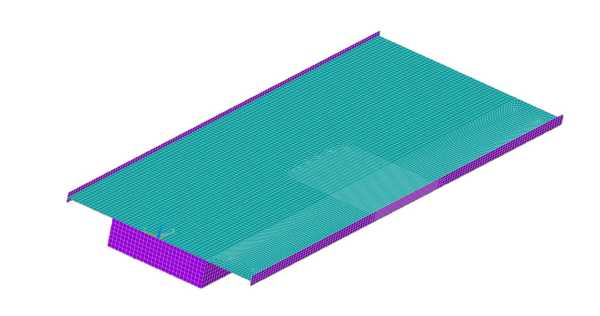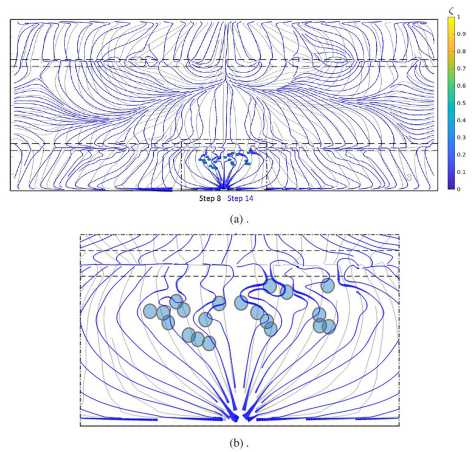Influence of local corrosion on the load-bearing behaviour of girder bridges
Author: Filip Stenröm
Language: English
Abstract
Bridges are vital components of transportation infrastructure, and their functionality is crucial for the entire network. If bridges become inoperable, it can cause severe disruption to the transportation system. As reinforced concrete (RC) bridges age, they become more susceptible to environmental stressors such as carbonation and chloride-induced corrosion of the reinforcing steel.
The Swiss Federal Roads Office (FEDRO) initiated research projects to address the corrosion of cantilever retaining walls. To gain insights into the behaviour of corroded structural elements, the Corroded Tension Chord Model (CTCM) was developed and implemented in a user-defined material (the CMM-Usermat) in the nonlinear finite element software ANSYS. This approach allows evaluating the load-deformation behaviour and load redistribution resulting from localised corrosion. The primary objective of this thesis is to enhance the understanding of the load-deformation behaviour of reinforced concrete bridge decks affected by local corrosion.
Two versions of box-girder bridges were analysed in this study, one with an edge beam (left figure) and one without. Two loading conditions were analysed: one applied load model 1 according to the Swiss Code SIA 261, while the other imposed a displacement on a single node. Due to the presence of membrane forces, corrosion pits had a negligible effect on the overall load-deformation behaviour. Alternative force paths were observed locally (right figure), directing loads towards stiffer regions within the structure, particularly at higher load levels.
The thesis also explored various combinations of cross-section loss and pit length to comprehensively investigate their effects. Both parameters are crucial for the local structural response of corroded elements. The finite element models used in this study provided valuable insights into the effects of localised corrosion on the load distribution in corrosion damage areas. The findings show that structural models including the effects of localised corrosion have the potential to enhance the service life of affected structures and thus lead to a change in the maintenance strategy. However, experimental verification of the CTCM in the CMM-Usermat is still pending and the results and conclusions thus need to be validated.


